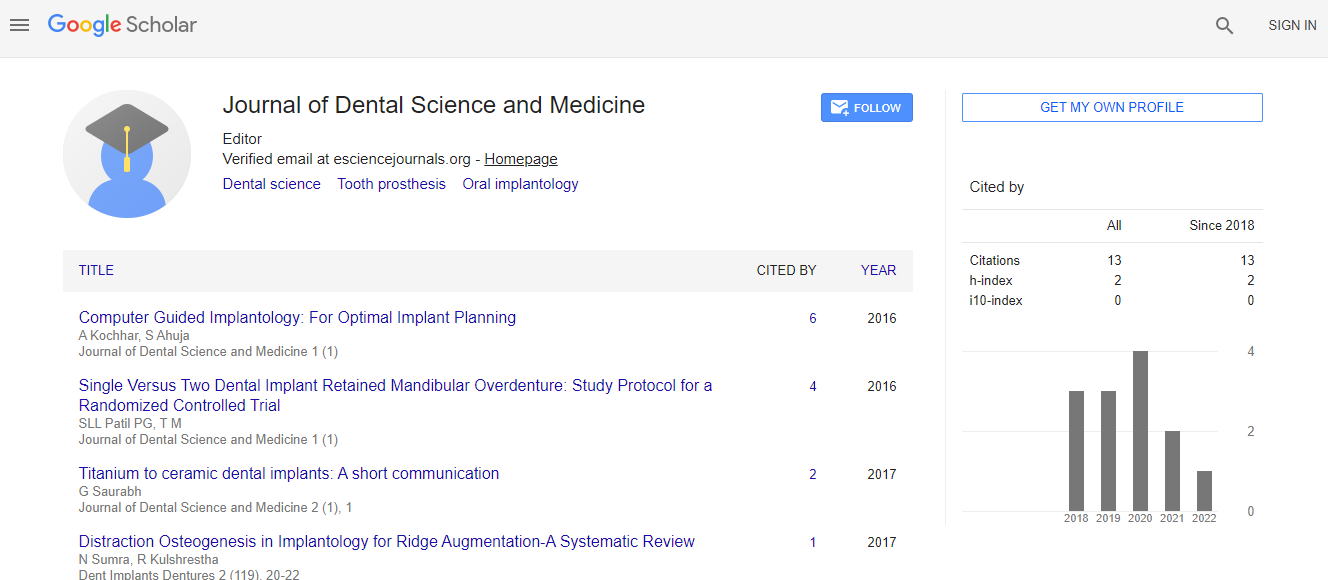Case Report
Improving Facial Esthetics for a Young Patient with Class III Malocclusion and Retention of Maxillary Central Incisors due to Supernumerary Teeth
Benkaddour A1*, Bahoum A1, El Mohtarim B2, Benyahia H1 and Zaoui F3
1Department of Dento Facial Orthopedics, Military Hospital of Instruction Mohamed V in Rabat, Morroco
2Chief of Odontology Department at the Military Hospital of Instruction Mohamed V in Rabat, Morroco
3Chief of Orthodontics Department , Faculty of Dentistry, University Mohamed V, Rabat, Morroco
- *Corresponding Author:
- Benkaddour A
Assistant Professor, Department of Dento Facial Orthopedics
Faculty of Dentistry, University Mohamed V, Rabat, Morroco
Tel: 00212668158289
E-mail: asmae-benkaddour@hotmail.fr
Received: November 06, 2015; Accepted: January 27, 2016; Published: January 30, 2016
Citation: Benkaddour A, Bahoum A, El Mohtarim B, Benyahia H, Zaoui F (2016) Improving Facial Esthetics for a Young Patient with Class III Malocclusion and Retention of Maxillary Central Incisors Due to Supernumerary Teeth. Dial Clin Pract 1:103. doi:10.4172/2572-4835.1000103
Copyright: © 2016 Benkaddour A, et al. This is an open-access article distributed under the terms of the Creative Commons Attribution License, which permits unrestricted use, distribution, and reproduction in any medium, provided the original author and source are credited.
Abstract
Supernumerary teeth are more frequently located in the premaxillary region. Mesiodentesare the most common supernumerary teeth, occurring in 0.15% to 1.9% of the population. They are frequently diagnosed in a random radiograph, or after clinical symptoms appear. The majority of the complications consist of retention or impaction, delayed or ectopic eruption of the permanent incisors. The present case report describes the clinical management of two impacted supernumerary teeth, which impeded the eruption of the maxillary central incisors in a 9-year-old patient with class III malocclusion, who was referred to our department of dento facial orthopedics with the chief complaint of his unsightly smile. A multidisciplinary treatment approach was planned, including the surgical removal of the supernumerary teeth and the orthodontic correction of the malocclusion and the unerupted permanent maxillary central incisors. Combined surgical and orthodontic treatment resulted in an aesthetically pleasant and balanced profile and occlusion. Thus, early multidisciplinary treatment is required for greater hard and soft tissue preservation, but also to have an immediate positive esthetic impact and redirect the unfavorable maxillary growth.

